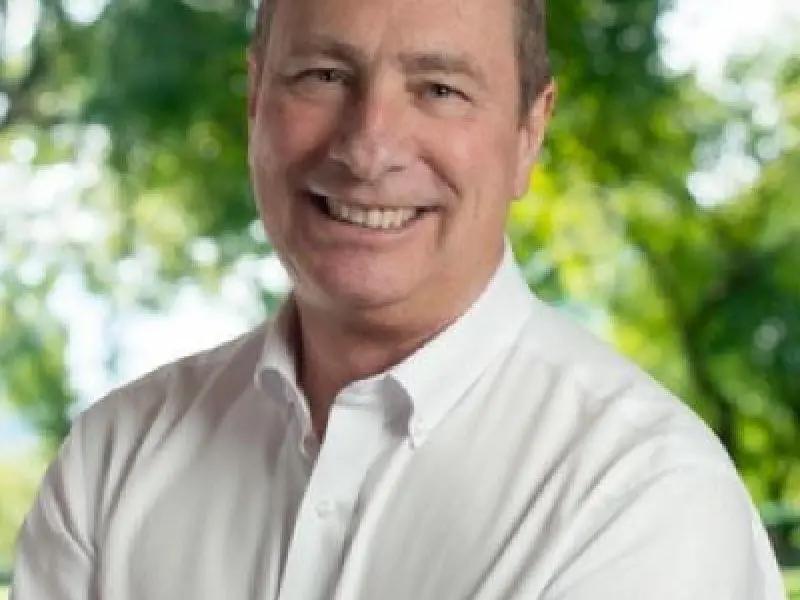
WestJet Airlines Ltd. plans to power 40 flights from San Francisco to Calgary during the next three months with a mix of sustainable aviation fuel – a first-of-its-kind program in Canada.
By burning Neste MY Sustainable Aviation Fuel (SAF), WestJet says the flights will reduce 186 tons of greenhouse gas (GHG) on the route; the equivalent of more than 1,550 out of 5,300 passengers taking a carbon-neutral flight to Calgary.
“We've identified SAF as, other than fleet renewal, probably the best effort and the best reduction for carbon emissions based on core technology and the ability to scale it up commercially,” said Gareth Lewis, WestJet’s director of ESG and sustainability.
“Given that we already have one of the youngest fleets in the industry, we can't really make huge emission reductions opportunities there. SAF is really our biggest focus for emission reductions between now and 2050.”
Launched in 1996 and headquartered in Calgary, WestJet has more than 180 aircraft, 14,000 employees and flies to over 110 destinations in 24 countries. WestJet, and the Canadian aviation industry as a whole, have a goal of net-zero emissions by 2050.
Neste Oyj is an oil refining and marketing company headquartered in Espoo, Finland. According to Lewis, it has made San Francisco its primary location for SAFs in North America.
Lewis said 35 to 40 per cent of the fuel in the aircraft during the test period will be SAF, with the rest coming from traditional fuel sources.
WestJet and SAF
This SAF program took about eight months to come to fruition.
The airline’s first SAF-powered flight was in June from Los Angeles to Calgary, via a Boeing 737 MAX aircraft carrying 142 passengers. Near the end of September, WestJet flew out of John F. Kennedy International Airport in New York City using 4,500 gallons of Neste SAF.
The fuel is a mix of waste vegetable oils, waste cooking oils and tallows. SAF is currently priced two to eight times higher than regular fuel, and WestJet will be covering the costs of the program.
The main reason for choosing San Francisco as the destination for the three-month program is availability of the fuel.
“SAF supply and production globally is very constrained, it's very difficult to get any volume of SAF right now. There's nothing being produced in Canada,” Lewis said. “We would have loved to have done a Canadian route, particularly when coming out of our headquarters, but we're just not able to get SAF to Canadian destinations in a very efficient way until it’s made in-country.”
San Francisco is also a good choice considering the airline’s customer profile, as it represents a blend of personal and business travel.
The three-month time frame is considered adequate to test both the delivery of SAF, as well as customer and corporate interest.
Neste’s SAF is also in use by other airlines including KLM, Lufthansa, Delta and American Airlines, as well as cargo carriers such as DHL Express, Amazon Prime Air and UPS.
WestJet and the future of SAF
In 2023, WestJet plans to launch its first corporate ESG and SAF program, under which corporate clients will be able to see and manage emissions for their business profiles.
“Part of that will be offering different levers to decarbonize their business travel and SAF, we're hoping, will be a big part of those and that our corporate partners will be able to purchase SAF,” Lewis said. “We can put them into planes. Even if they're not flying those exact routes, we can sell them those SAF credits to remove their Scope 3 emissions from their profile.”
Integral to reducing the costs of WestJet's SAF program is having corporate partners participate, and Lewis is confident that will happen.
To realize a future where SAF is used in all of WestJet’s flights out of Western Canada, there needs to be a full SAF ecosystem in the country. Lewis said more discussions are needed between producers and governments to facilitate such a program.
In March, SustainableBiz reported on the creation of the Canadian Council for Sustainable Aviation Fuels (C-SAF), of which WestJet is a member. However, Lewis explained C-SAF is not involved in WestJet's SAF programs given their commercially sensitive nature.
From a government perspective, he singled out incentives like the low-carbon fuel standard in California, or the U.S. Inflation Reduction Act, as draws for SAF producers.
The airline does, however, envision Alberta SAF production as early as 2026.
“At the very least, we'd love to see a robust enough environment that by 2030, Western Canada is a SAF production powerhouse,” Lewis said. “At the end of the day, we have the skilled labour, we have the incentive for a province like Alberta to start making cleaner, low-carbon fuels, we've got the feedstock.
"We've got some really interesting startup firms and large producers that are really keen on testing new technology.”










